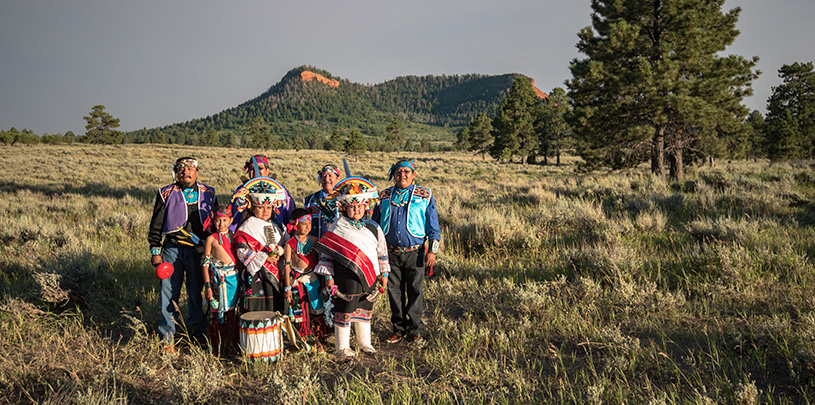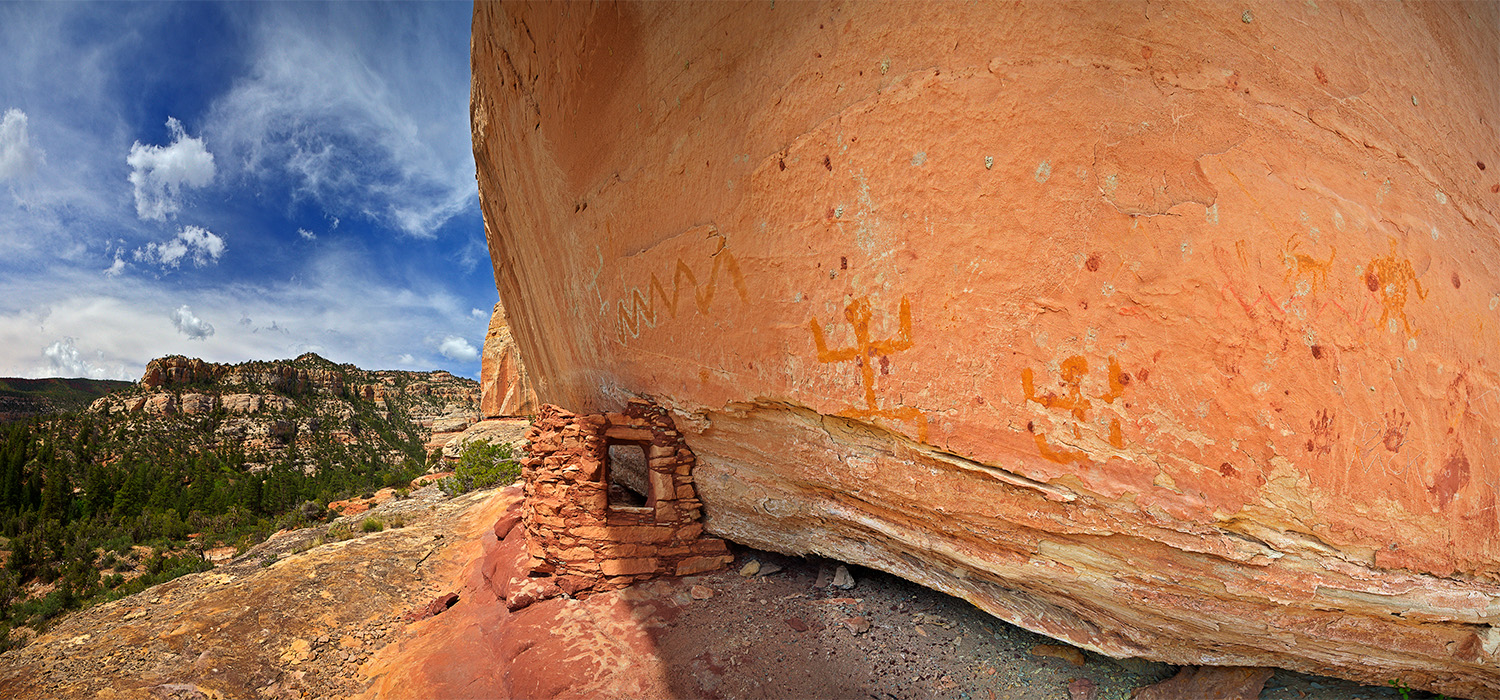
 by Natasha Hale, Native America Manager
by Natasha Hale, Native America Manager
As cool fall winds start to blow over the plateau, change is in the air for permanent protection of the Bears Ears region.
On September 14, the House Committee on Natural Resources held a hearing on H.R. 5780, the Utah Public Lands Initiative. Proponents of the legislation argued that Congress still had time to pass the legislation before the end of 2016. Bureau of Land Management and Forest Service officials, however, spoke to the failure of the bill to balance public lands policy concerns. Rep. Raul Grijalva noted: “Unfortunately, this bill that resulted from this process is a nonstarter.”
“Do we really want to set Native American conversations with Congress and agencies back 100 years? My sincere and heartfelt request is ‘no’. We’ve worked so hard to get our foot in the door, we’re going to continue to work hard to bring those heartfelt, genuine concerns, conversations to the table.”
-Regina Lopez-Whiteskunk
Regina Lopez-Whiteskunk, Ute Mountain Ute councilwoman and co-chair of the Bears Ears Inter-Tribal Coalition, testified at the hearing and began her statement by noting that all agree that Bears Ears deserves protection but disagree over the method. She expressed concern over the precedent this would set for tribal voices in public lands management, stating that this has put tribes “on alert.”
In a September opinion piece in the Deseret News, Reps. Brian King and Joel Briscoe said they shared a meal with native people from the intertribal coalition at the Bears Ears after the public hearing in July. They stated: “We stood at a lookout on the top and surveyed Cedar Mesa. We looked over canyons with some of the world’s richest collections of Native American history — and that are not protected by the PLI. Perhaps this is because Bishop wants to keep them unprotected in the hopes that there will be uranium mining in the area again someday. What a tragic loss. The PLI bill is actually a step backward in land protection for Bears Ears, and we fear it is full of poison pills.” It is clear that the PLI “compromise” is no such thing, and does not successfully bridge the gaps between communities and their concerns.
Elsewhere in Bears Ears developments,. At the end of July, the Santa Fe New Mexican editorialized in favor of Bears Ears National Monument, stating: “Obama should exercise that power and proclaim the region known as Bears Ears, in southeastern Utah, as a national monument. It would be a fitting legacy to the president’s efforts at protecting our citizens’ heritage, as well as a fine tribute to his dedication to the concerns and challenges of Indian Country.”
In August, a new survey by The Pew Charitable Trusts found that 55 percent of Utahns support a Bears Ears National Monument. While some disagree with a national monument designation through the Antiquities Act, a recent editorial from The New York Times puts it well: “If presidents waited until there was complete agreement, Teddy Roosevelt would never have protected the Grand Canyon and Franklin Roosevelt would never have protected Joshua Tree National Monument.” The piece goes on to suggest the Bears Ears region as a place deserving of such protections.
We agree completely. Bears Ears is too important to be influenced by political sensitivities. We stand with the intertribal coalition; Bears Ears needs protection now.

Cultural landscapes are full of stories, artifacts, and resources to appreciate. Here's how ›
A small victory in the legal case challenging Daneros uranium mine, near Bears Ears National Monument.
Read MoreMugs, handmade soaps, high fashion, jewelry and more. There's something for everyone on your holiday shopping list.
Read MoreBears Ears petroglyph panels and cultural sites protected by new proposed management plan.
Read More